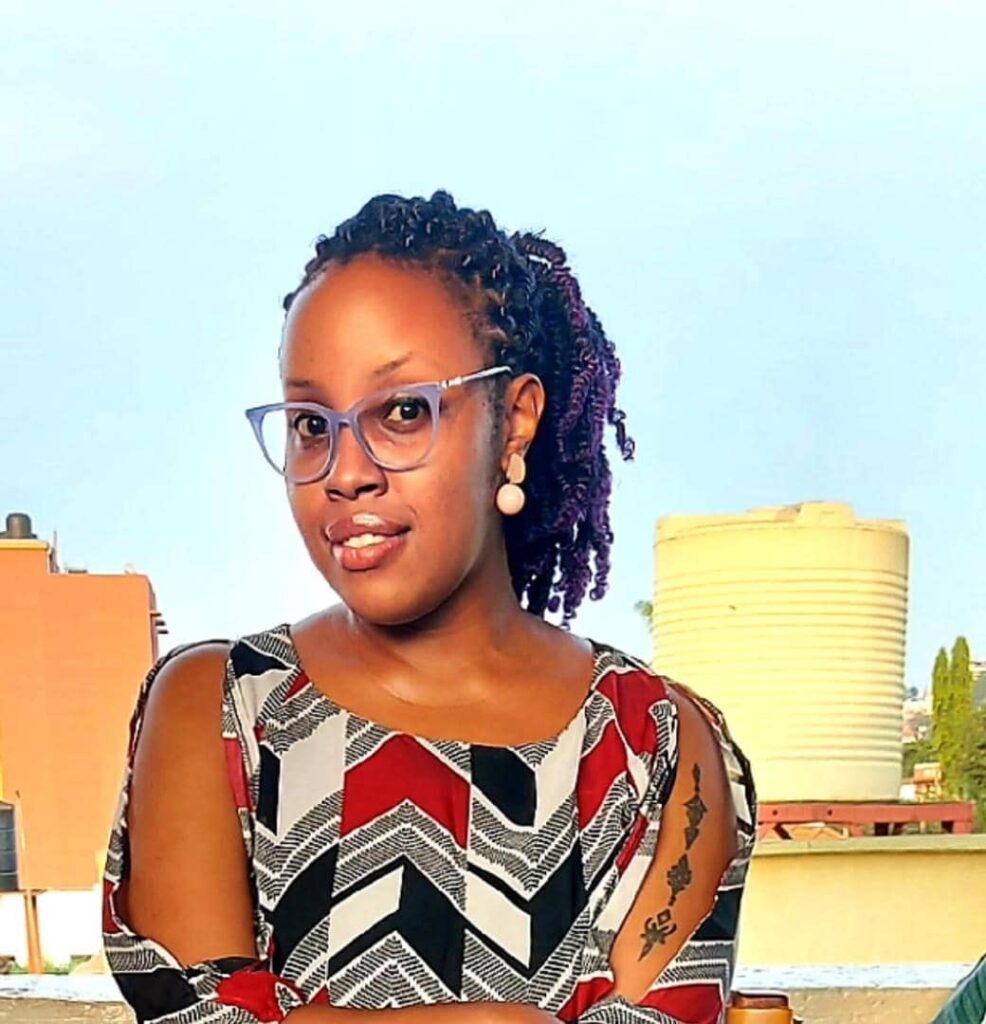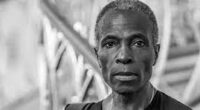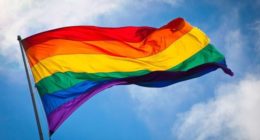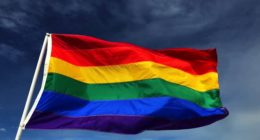By Hazel Birungi
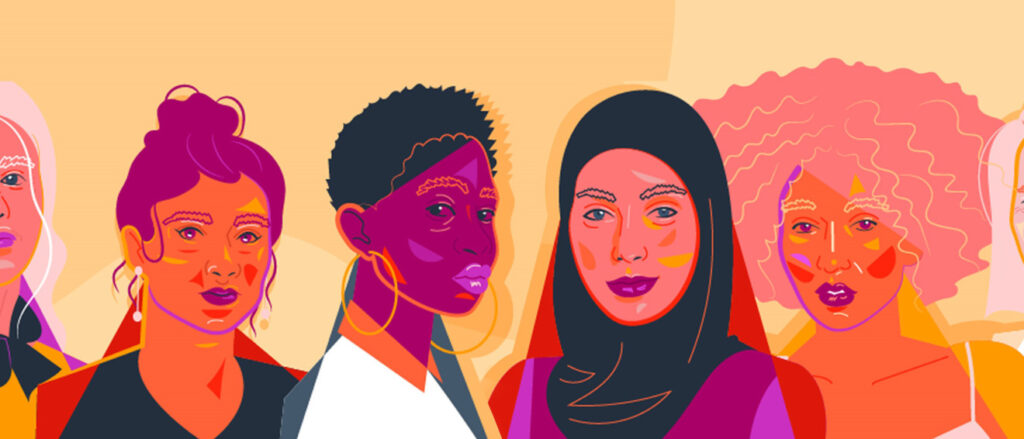
The month of March is dubbed women’s month, (by the way do all months have themes? …I digress) for countries like the United States, The United Kingdom and Australia, March is Women’s History Month, a celebration and remembrance of sacrifices made by women for women to make the world better.
As predicted, a lot of uncommon traditions pick up in March, especially around the time of International Women’s Day celebrated on 8th March. Suddenly we see all-women or fairly balanced panels on Television and Radio talk shows as opposed to manels that happen throughout the other 11 months of the year, we see a number of women being featured and highlighted by companies or organizations where they work. This month, women’s opinions and views suddenly matter. Mainstream organizations organize numerous conversations and campaigns that center women.
The government reminds us of how much progress it has made towards women equality and empowerment, how much better it has made it for us. We might be reminded of how this cabinet has more women in high positions, how affirmative action has brought more women into the political sphere.
Companies will rub in our faces how much they care about women and their female employees. We are most likely to get discounts on sales and services, giveaways, drives “Happy Women’s Day” posters with colors leaning towards the pink color spectrum.
The forever tiring irksome strong African woman narrative will also be the golden thread that holds most of the above together this month. March is the month where everyone and everything all of the sudden cares about/is about women.
The history on the origin of international women’s day is unclear. Historian Temma Kaplan writes that the real history of the day cannot be separated from the political life of the German Marxist theorist and communist activist Clara Zetkin who in 1910, during the second International Conference of Working Women, held in Copenhagen tabled the idea for an annual women’s holiday to be observed by every country. Rochelle Goldberg Ruthchild notes that this is what now International Women’s Day (IWD) is.
Rochelle writes that whereas most scholars ascribe the IWD holiday origins to numerous labour demonstrations by New York City women garment and textile workers in 1857, French researchers Liliane Kandel and Françoise Picq argue that the 1857 strikes were a Cold War concoction, a narrative that was necessary to detach it from post 1917 identification with the Soviet Union.
According to WomenWatch, 1975 was the year the United Nations began celebrating 8th March as International Women’s Day. The IWD 2022 theme is #BreakTheBias. The vision is a world free of bias, stereotypes and discrimination. A diverse equitable and inclusive world where difference is valued and celebrated. Because of the #BreakTheBias pose, pictures that are and will go around in celebration of the theme are of people crossing their arms. The pose is intended to show commitment towards calling out bias, smashing stereotypes, rejecting discrimination and breaking inequality.
Unfortunately, striking poses and the façade by different entities and the government during the month of March are nowhere close to dismantling the different systems and institutions that continue to perpetuate oppression and inequality to women. Women still face multiple discriminations both in the private and public spheres.
Women continue to be denied entitlements, rights and are not prioritized when it comes to who gets to fully enjoy the rights, who shapes the rights and whose needs get to be prioritized when allocating resources. Societal and cultural norms that have been informed by patriarchy and are reinforced by institutions such as the home, the church and the state play a big role in perpetrating discrimination against women simply because they are women.
The state through laws and policies continue to police and attempt to control women’s bodies, laws like the Domestic Violence Act look good on paper are hardly implemented. The Uganda Police Annual Crime Report of 2020 registered a 29% increase in domestic violence with 18872 cases reported, 3,408 were male adults, and 13,145 were female adults. 1,133 were male juveniles while 1,186 were female juveniles.
The gender pay gap continues to thrive coupled by multiple cases of sexual harassment in all aspects of women’s lives that go unpunished and perpetrates protected by the bosses and the incompetent structures meant to protect the victims. At the start of 2020, twitter was awash with numerous rape and sexual harassment stories from women. instead of receiving support, most of the women were instead served libel and defamation lawsuits.
Societal gender roles that place domestic and unpaid work on women double women’s oppression and failure of governments to provide social protections and safety nets that are particularly needed by women due to their biological needs as opposed to men further perpetuates discrimination against women. When there’s no access to safe water, health services, menstrual hygiene facilities, access to food and shelter, it is the women and girls that are tasked with ensuring that the people in the home have these. A lot of time is spent providing unpaid care work because of the societal gender roles. This also takes away time that may have been used in procuring high paying jobs, attaining the high standards of living and thus further widening the inequality gap for men and women.
The system definitely needs an overhaul. We should also acknowledge that because of intersectionality and women’s different identities, the above systemic and institutional structures affect women differently. Structurally excluded women, for example; women with disabilities, LBQ and Trans Women, sex workers and women living in hard to reach rural areas have been dealt thrice the blows of discrimination against women compared to their counterparts.
It’s time for everyone to walk to talk, for governments to ratify and adopt international conventions that protect and guarantee women’s rights while strengthening and implementing already existing laws. It is time state actors like the Police, judiciary, among others are held accountable for enforcement of all women’s rights. Gender budgeting and resource allocation to ensure that women have access to public goods, services and social protections.
Time is up for companies that continue to put up a show during this month yet they hardly hire women in key decision making positions, have sexual harassment policies in place and terrible working conditions for women. It’s time to carry the energy displayed during this month into actionable resolutions throughout the year. For mainstream organizations and media to always be intentional about centering all women in all vital conversations and dialogues curated and convened beyond the month of March.
Audre Lorde teaches us that we are not free while any woman is unfree, even when her shackles are very different from our own, therefore mainstream women and feminist identifying organizations must join the struggle and advocacy towards the decriminalization of sex work, consensual same sex relations and abortion. All shackles must be broken to achieve the equality we aspire for.
And for goodness sake can everyone drop the effing ‘strong African woman’ narrative’.
